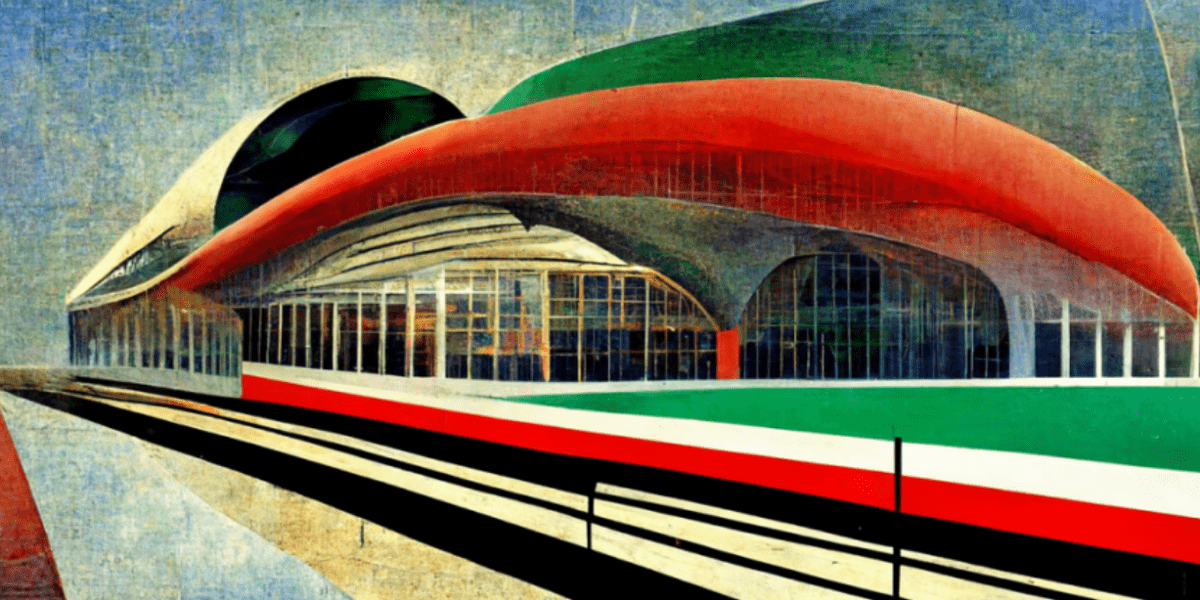When embarking on a software development project, one of the most crucial decisions is selecting the appropriate management methodology. In today’s development landscape, two primary methodologies stand out: Agile and Waterfall. These methodologies differ significantly in their approach to project management and software development. In this article, we will delve into the differences between Agile and Waterfall, explore their histories, and discuss the advantages and disadvantages of each approach. By the end, you’ll have a better understanding of which methodology suits your project’s needs.
Table of Contents
Understanding Waterfall
The Waterfall model is a traditional software development strategy characterised by a linear and sequential approach. In this methodology, the project is divided into distinct stages that must be completed in a strict sequence before progressing to the next stage. Once a stage is completed, there is no turning back, and the focus is on moving forward. The typical stages of the Waterfall model include:
- Conception: The initial stage where the project idea is conceived, followed by cost/benefit analysis and project estimation.
- Initiation: Gathering and documenting project requirements, hiring team members, and setting project goals and objectives.
- Analysis: Conducting feasibility analysis tests and creating detailed requirement specification documentation.
- Design: Developing visual representations of the project, such as storyboards and wireframes, and establishing software architecture.
- Coding or Construction: The actual coding phase, where developers build the software according to the agreed-upon designs and processes.
- Testing: Thoroughly testing the software to eliminate bugs and ensure quality.
- Implementation: Launching the final product in the market for end-users.
- Maintenance: Addressing post-launch issues, resolving bugs, and adding new functionalities.
Advantages and Disadvantages of Waterfall
While the Waterfall model has its merits, such as disciplined design and clear deadlines, it also has its drawbacks. Gathering project requirements too early can be risky, as clients may not be sure about their needs until they interact with a prototype. Additionally, making changes in the later stages of development can be costly and time-consuming. Prolonged project delivery times and the tendency to neglect testing until late in the process are other challenges associated with the Waterfall model.
Exploring Agile
Agile, in contrast, is a modern and flexible software development approach that emphasises adaptability, collaboration, and iterative development. Rather than following a sequential process, Agile focuses on delivering incremental and value-driven outcomes. Some common implementations of Agile include Scrum, Extreme Programming (XP), and Kanban. The core principles of Agile development include:
- High Adaptability: The ability to change requirements, architecture, deliverables, and design throughout the project’s development.
- Customer Involvement: Close collaboration with customers to ensure their satisfaction and obtain continuous feedback.
- Lean Software Development: Streamlining the development process by eliminating unnecessary complexity and focusing on value-added elements.
- Teamwork: Emphasising teamwork and collaboration to improve efficiency and effectiveness.
- Testing: Integrating testing into every stage of development to ensure quality and continuous improvement.
Advantages and Disadvantages of Agile
Agile offers several advantages, including flexibility, instant feedback, test-driven development, faster delivery, and a focus on teamwork. However, Agile’s vague timelines, high commitment requirements, potential for increased costs, and the need for constant communication can pose challenges for some projects.
Choosing Between Agile and Waterfall
The choice between Agile and Waterfall depends on various factors, including the project’s nature, customer involvement, flexibility requirements, and access to continuous feedback. Waterfall is suitable for projects with limited customer access and fixed budgets, while Agile is ideal for complex projects with changing requirements and a need for continuous customer collaboration.
Conclusion
In the ever-evolving world of software development, choosing the right methodology is crucial for project success. While the Waterfall model offers a structured and sequential approach, Agile methodologies like Scrum, XP, and Kanban provide flexibility and adaptability. Understanding the differences between Agile and Waterfall, as well as their advantages and disadvantages, allows you to make an informed decision based on your project’s unique requirements.
Remember, if your project requires a fixed scope and well-defined requirements, Waterfall might be the way to go. On the other hand, if you anticipate changes, value customer collaboration, and prioritise iterative development, Agile methodologies offer a more suitable approach.
By carefully considering the project’s characteristics, customer involvement, and adaptability needs, you can select the most appropriate methodology for your software development project.







